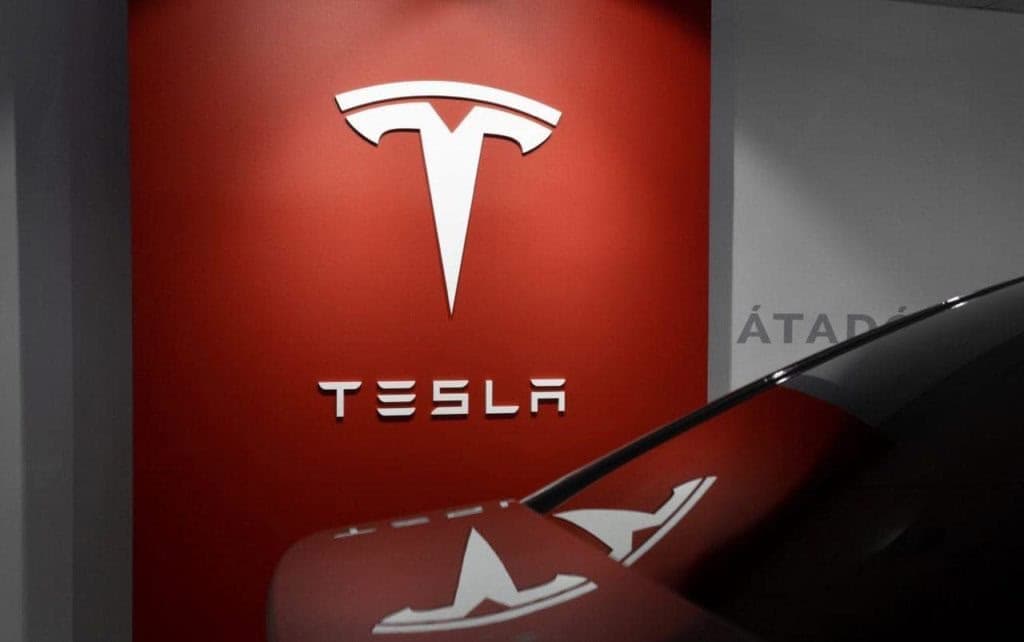In January, Tesla (NASDAQ: TSLA) reported its first-ever year-over-year (YoY) deliveries decline, with shipments falling from 1.8 million vehicles in 2023 to 1.79 million in 2024.
Finbold research found, however, that the daily delivery figures of the electric vehicle (EV) maker remained strong at an average of 4,889. The number is particularly optimistic once the figures for each quarter are considered.
Specifically, Tesla saw an increase in the total number of deliveries in every consecutive quarter of 2024, with second-quarter (Q2) shipments rising 14.77% than in Q1 and 7.06% more in Q4 than in Q3.
During the first three months of 2024, Elon Musk’s EV maker was shipping an average of 4,251 vehicles each day. In the period covering October, November, and December, the number rose to 5,387.
Is Tesla headed for a new deliveries record in 2025?
Though the rising quarter-over-quarter (QoQ) trend is optimistic as, should it persist, Tesla might enjoy more than 600,000 deliveries in each of the two final trimesters of the year, it is noteworthy external factors and one important trade-off arguably drove the success.
Last saw substantial price reductions on many Tesla models, which, while enabling a steady delivery increase for each subsequent quarter, also led to, for example, the company’s latest $1.5 billion revenue miss.
Elsewhere, it is likely that the EV maker benefitted from the lessening of fear about the recession – initially widely discussed for 2024 – the loosening of financial conditions in the U.S., and the hopes about the outcome of the political alliance between Elon Musk and Donald Trump.
By early 2025, figures appear to indicate that, at least in part, the Trump-Musk alliance might ultimately harm Tesla’s deliveries. Early data that emerged from multiple European countries indicates that the EV maker’s sales might come in nearly 50% lower than in Q1 2024.
The decline can be attributed to multiple factors – and the cause is likely a combination.
Why Tesla might be losing ground in the E.U.?
The lower volume emerging from the transition to the new Model Y is perhaps the most pointed reason, as the transitioning of its best-selling vehicle has impacted production and inventory levels. Still, a trend of potential buyers deciding against purchasing a Tesla to avoid association with Elon Musk can’t be entirely discounted.
Given President Donald Trump’s ending of the EV mandate and his other actions in the initial weeks of his administration, a similar polarization of society might also impact U.S. sales to an even greater degree.
Elsewhere, the new administration’s tariff policy and geopolitical positioning could also affect Elon Musk’s EV maker.
Will Tesla deliveries skyrocket in 2025?
Finally, despite the QoQ deliveries growth in 2024 indicating 2025 might be another record-setting year for Tesla Motors, its actual performance is more difficult to predict.
It could, ultimately, depend on a combination of factors, including the real-world impact of the Trump administration’s policies and the EV maker’s ability to fulfill its promises of turning into an artificial intelligence (AI) and big tech powerhouse through products such as the ‘robotaxi’ and the ‘Optimus’ humanoid robots.
TSLA stock price is, arguably, even harder to forecast. The idea of TSLA shares being driven chiefly by sentiment has been floating around for years as the financials, and a failure to deliver on promises have frequently been at odds with the firm’s stock market performance.
Such a sentiment was also evident in the assessment provided by JPMorgan’s (NYSE: JPM) Ryan Brinkman, who appeared puzzled by investors’ reactions to the latest earnings.
Specifically, Brinkman opined that the subsequent rally ‘bore no relation whatsoever to the company’s financial performance’ and appeared puzzled by the confidence instilled by claims such as the prediction that Tesla could credibly become ‘worth more than the world’s five most valuable companies taken together.’
Featured image via Shutterstock







